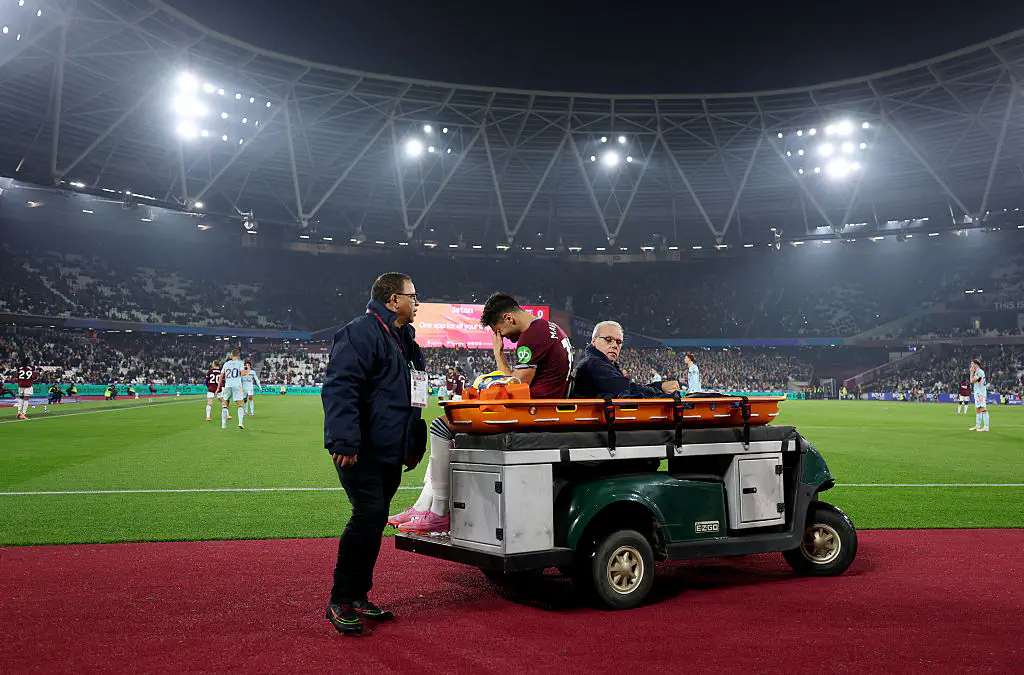As the schedule gets busier from November to December, muscle injuries in the Premier League typically increase. Here’s what often happens and how teams can get ready.
Meta description (SEO): Muscle injuries in the Premier League rise by about 50% from November to December. We discuss the science behind it, the schedule issues, and what teams can do to prevent injuries.
TL;DR
Pattern: Muscle injuries increase by ~50% from November to December.
AdvertisementWhy: More games mean less recovery time, leading to lower performance levels.
Signals: Decrease in performance metrics midweek indicates a higher risk of injuries.
Fix: Implement better rotation, manage player loads, and follow structured recovery schedules.
Setting the Scene
Every winter, the Premier League faces intense competition, and the strain on players is significant. Over the years, soft-tissue injuries increase noticeably as November turns into December.
This rise is due to a mix of biological factors and a packed schedule: more matches with shortened recovery times lead to increased injuries.
What the Data Says
Performance tests consistently reveal:
- Braking ability declines. Players struggle to absorb force during key movements.
- Reactivity slows down. Players spend longer on the ground with each step, affecting performance.
- Explosive power decreases. Jump height and output levels drop as December progresses.
These changes increase stress on the body, especially on areas like the hamstrings, groin, and knees, resulting in more injuries.
Why December Is Different
1) Increased matches limit recovery
The challenge isn’t just the number of games but the reduced recovery time between them. Small injuries don’t heal completely, making players less resilient for the next match.
Midweek matches create problems: Data shows a drop in performance metrics on
Tuesdays and Wednesdays when teams play additional games.
2) Fatigue isn’t always visible
Fatigue may not be obvious, but performance metrics indicate when players are slower. This delay adds stress to their bodies with each movement.
3) Feeling good doesn’t mean being ready
Athletes can feel prepared, even if their bodies aren’t fully recovered. In December, both jump height and power often lag behind, increasing strain during games.
Key Numbers
~50%: Average increase in muscle injuries from November to December.
Midweek low: Performance metrics are lowest on Tues/Wed.
High-risk areas: Hamstrings, groin, calves, and knees.
Late-game risk: Injury risk rises as fatigue increases and power decreases.
The Human Side
While elite athletes push hard, they aren’t machines. As Heung Min Son said, “We’re not robots… when you’re not fully ready, the risk is huge.” The busy holiday schedule demands high-performance levels with little recovery time, often leading to injuries.
How Teams Can Reduce Risk
1) Acknowledge the midweek performance drop
Use objective testing on the day before matches to gauge player readiness.
Adjust playing time for players showing fatigue.
2) Rotate players smartly
Plan rotations based on player roles and physical demands.
Focus on maintaining roles while minimizing high-risk actions.
3) Schedule recovery properly
Include at least one full recovery day after tough matches.
Short, focused recovery workouts are better than lengthy fitness sessions during busy times.
4) Aim for quality sleep
Late games and travel can disrupt sleep. Standardize sleep schedules, light exposure, and nutrition after matches.
5) Monitor key metrics
Utilize easy tests like single-leg jumps to track player condition.
If performance metrics worsen, adjust playing time to prevent injuries.
What to Watch For
Substitutions due to “tightness” in December may indicate injury risks.
Quick match turnarounds can lead to player fatigue.
Players returning from injuries might still lack their usual performance levels.
The Bottom Line
December tests fitness and management of physical stress. When performance metrics decline, injuries often follow. This is due to the packed schedule.
More games lead to increased fatigue and a higher risk of injuries.
When recovery improves, performance levels generally rise and injuries begin to decrease.
Glossary
Braking ability: The capacity to absorb force during deceleration. Lower ability means higher injury risk.
Reactivity (FT:CT): The relationship between flight time and contact time; longer contact time indicates slower movement.
Explosive power: Highest output in sprints and jumps; tends to dip in December.
Congestion: The presence of multiple matches each week, limiting recovery time.


